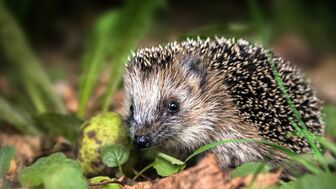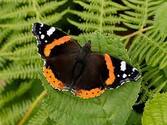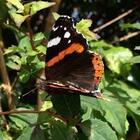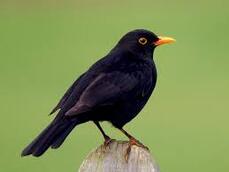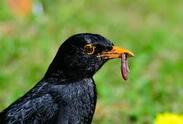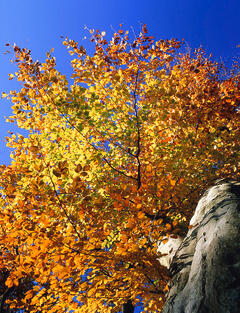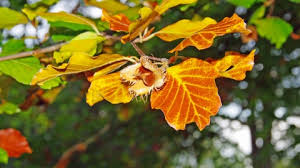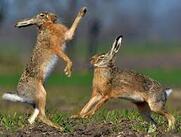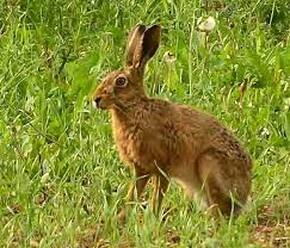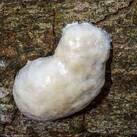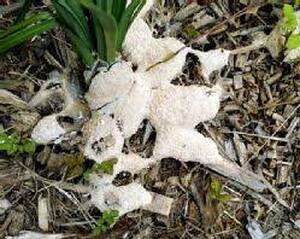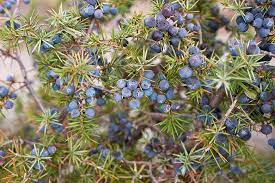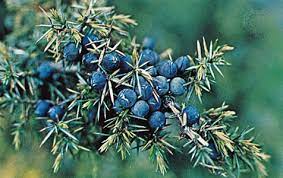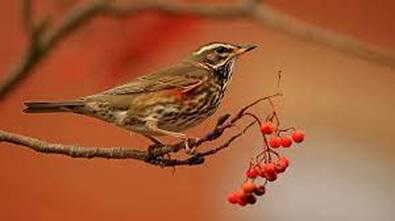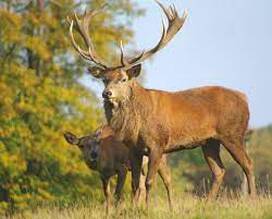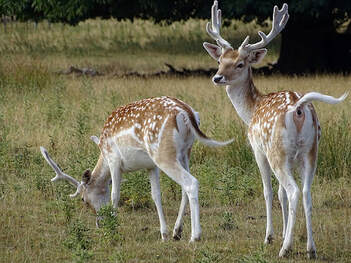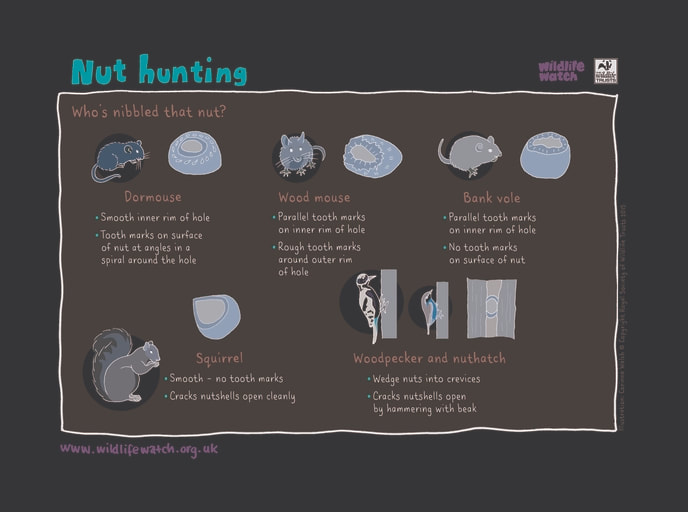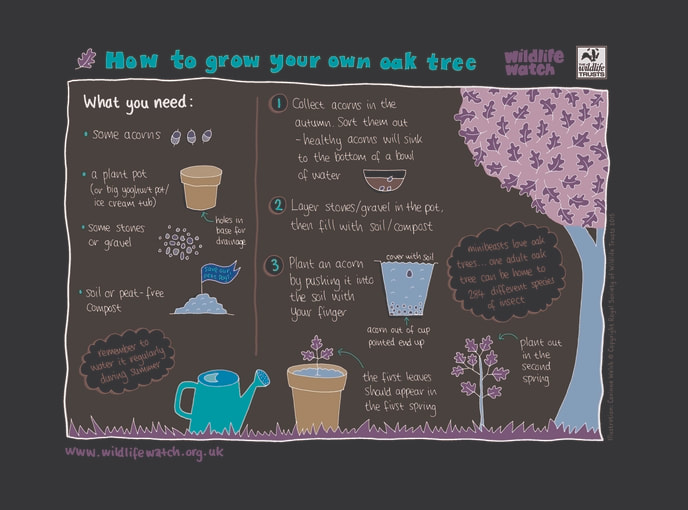|
Where to see DeerOctober and November are exciting times to see deer as they engage in mating battles, the rut. Rutting activity is most intense soon after dawn, though some activity occurs throughout the day. Deer are interesting to watch because their behaviour changes as the rut progresses. Males can be very aggressive, people have been attacked, so don’t get too close.
Deer, red and fallow, can be seen on the Powis Estate at Welshpool. You can walk on the paved driveway but not into the estate as this is private but the deer can often be seen from the driveway, no dogs please. Another venue is Attingham Park National Trust near Shrewsbury where around 200 fallow deer, descended from the original deer herd started in 1798, live in the park. From the middle of November Attingham’s Rangers start to feed the deer their daily winter rations of whole fodder beet and deer nuts to help them through the winter. Check their web site for feeding times when it is often easy to see the deer. |
The Perfect Time for Nuts.. (content and posters taken from Shropshire Wildlife Trust blog)
Every nut is a perfect survival capsule. The hard outer case protects the contents, which in turn provide everything the embryo tree inside needs to germinate and grow a good root so it can develop and make its own food.
All that goodness inside also makes it a perfect food for other creatures too, from mice and squirrels to hungry humans.
All that goodness inside also makes it a perfect food for other creatures too, from mice and squirrels to hungry humans.
